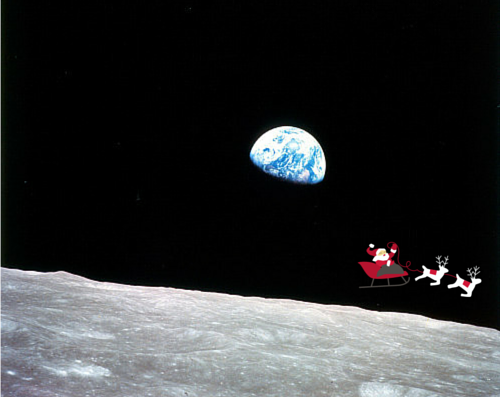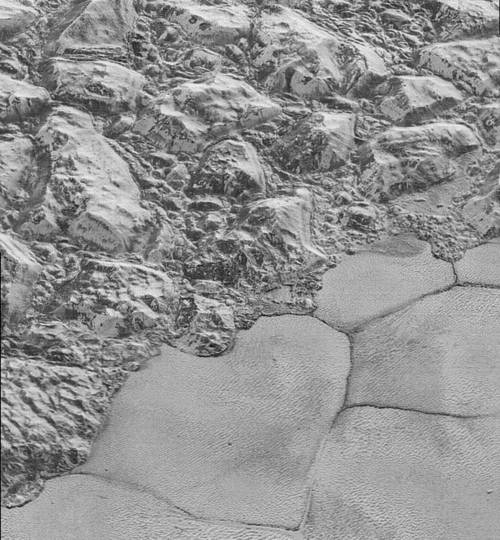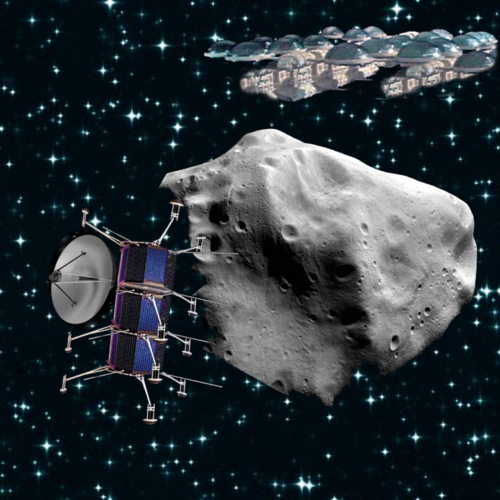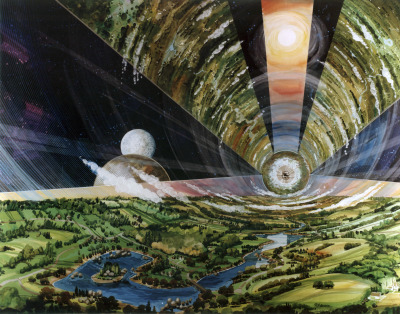ADAPTING HUMANS TO OTHER PLANETS, PART TWO
/In my last post I speculated about how we might adapt ourselves to the environments of other planets rather than trying to terraform them or forever be confined to enclosed settlements and space suits. I used Mars as an example of an “earthlike” planet we might consider colonizing.
A Mars-type planet would be an easy challenge compared to others like Venus. The Venusian atmosphere is also mostly carbon dioxide but the air pressure at the surface is ninety times that of Earth, like being a thousand meters deep in the ocean. We know that fish and other creatures can exist at those depths, and some whales can dive even deeper for a time—so it’s not inconceivable that our bodies could be adapted for it (maybe even encouraged to grow a hard shell?) But again, we wouldn’t be breathing—air at that pressure is basically a fluid. We’d have to get oxygen and/or energy another way. And Venus is hot—hotter than Mercury—about 460 C at the surface. If there is any part that might be relatively hospitable to humans it would be the upper atmosphere, about fifty kilometers high, where the temperature and pressure are nearly Earth-normal. There are obstacles though: winds over 300 kilometers per hour and clouds full of sulphuric acid!
OK, so maybe Venus-like worlds will be beyond biological adaptations and require either full space suits or at least extensive mechanical adaptations.
Gas giant planets don’t hold much attraction as homes-away-from-home, but many of their moons might. With a tough enough skin and a metabolism that uses chemosynthesis instead of air-breathing, maybe we could survive in a near-vacuum, but it’s hard to imagine that we could ever adapt our bodies to temperatures that can freeze water as hard as granite. On Jupiter’s moon Europa, for example, the temperature at the equator (you know, the beach resort zone) averages about -160 C. Where there is a possibility of survival, however, is under the icy surface in an ocean of water. Someday we may create humans who can function as aquatic creatures, in which case our own planet’s oceans will provide a vast amount of space to explore and inhabit.
There’s a chance that we’ll discover planets elsewhere that are almost identical to Earth and already support life. In that event, our problem will be that some of the life, particularly microorganisms, could be utterly hostile to humans. Deadly germs or bacteria. Then we’ll need to either adapt our immune systems to cope with the pathogens, or adapt our whole bodies to co-exist with the alien organisms (although, to be accurate, we’ll be the aliens).
I haven’t even touched on the whole area of technological enhancements to the human body—turning us into partly-cybernetic organisms, or cyborgs. Maybe in another blog someday. And, of course, there are huge philosophical and ethical questions involved whenever the question of bio-engineered humans is raised. Is it too big a risk? If such genetic engineering had to occur at an early age or even at the fetal stage, could we make such decisions for our children? Most of all, how much can you change someone before they’re no longer human? We don’t mind the idea of fictional superheroes transformed by a radioactive spider bite or gamma radiation—the reality might evoke feelings that are quite different.
For now, I’m content to leave this as an exercise of the imagination, but the time will come when we achieve the capability for such things. I hope we’ll have resolved our questions about it by then.











